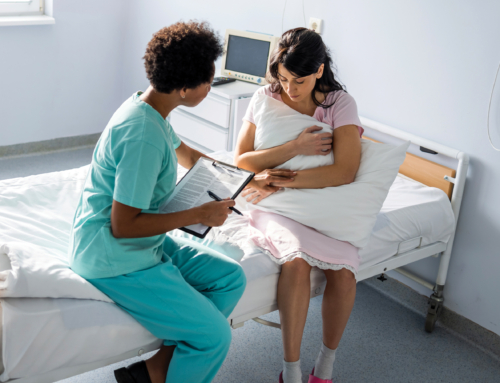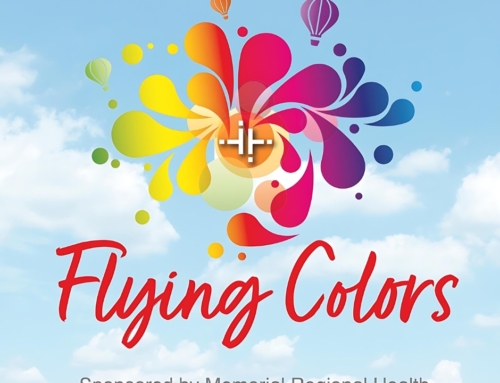Quick! Imagine someone having a heart attack. What do you see? There’s a good chance you pictured a man clutching his chest. Yet, you could have just as readily have imagined a woman. According to the American Heart Association, heart attacks and strokes are the number one killer of women, accounting for 1 in 3 deaths each year.
Women’s hearts are different than men’s. They not only women’s hearts tend to be physically smaller and beat faster, women also carry different risk factors for heart disease and develop different symptoms than men when they have heart attacks.
Unique risk factors
Women experience certain diseases that increase their risk for heart attacks. For example, more women have diabetes, which can go hand-in-hand with heart disease. In addition, polycystic ovary disease and endometriosis increase a woman’s risk for heart disease. On the other hand, female hormones can also protect a woman against heart disease until menopause.
“Estrogen creates a protective environment and delays the onset of coronary heart disease by a decade. It gives women an approximate 10-year advantage over men. If you had two fraternal twins — a male and a female — who were prone to heart disease, the man would likely develop it 10 years before the woman,” said Dr. Gerald Myers, MRH cardiologist. “Menopause sets the clock ticking.”
That’s why it’s really important for older women to have their heart health checked regularly. According to the Cleveland Clinic, the average age for a heart attack for women is 70.
Unique heart attack symptoms
Women also experience different symptoms than men when they have a heart attack. While some women experience the classic chest pressure or tightening that’s so typical in men, many women experience less-obvious symptoms.
“Women are notorious for having atypical symptoms. These include fatigue, jaw pain, shoulder pain and shortness of breath. It’s a reality to which we have to be much more attuned. Heart disease in women is one of the most difficult diagnoses to make in the emergency department,” Myers said.
Some women describe having a heart attack as feeling like they have the flu, or feeling so tired that they can’t even make the bed, or being extremely out of breath while walking up the stairs. Diagnosis is also tricky because the pain of a heart attack can spread to places like the back, shoulder, arm or face. Their symptoms can be so subtle that heart attacks tend to catch women by surprise, which means they don’t seek care as quickly as they should.
If you have a family history of heart disease, or have been deemed high risk due to smoking, weight, diabetes, high blood pressure, poor diet or a sedentary lifestyle, it’s time to educate yourself on how heart disease can affect women. Watch real stories by real women at goredforwomen.org.
Heart Attack Signs in Women
If you have any of these signs, call 9-1-1 and get to a hospital right away.
Source: American Heart Association (heart.org)





